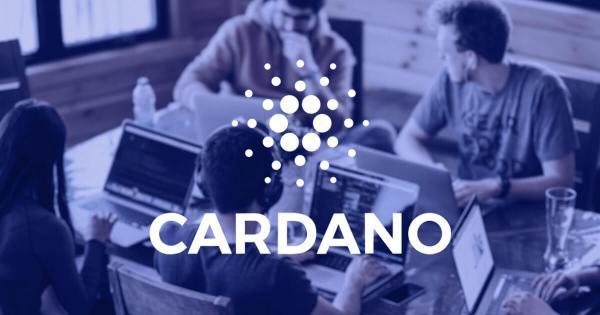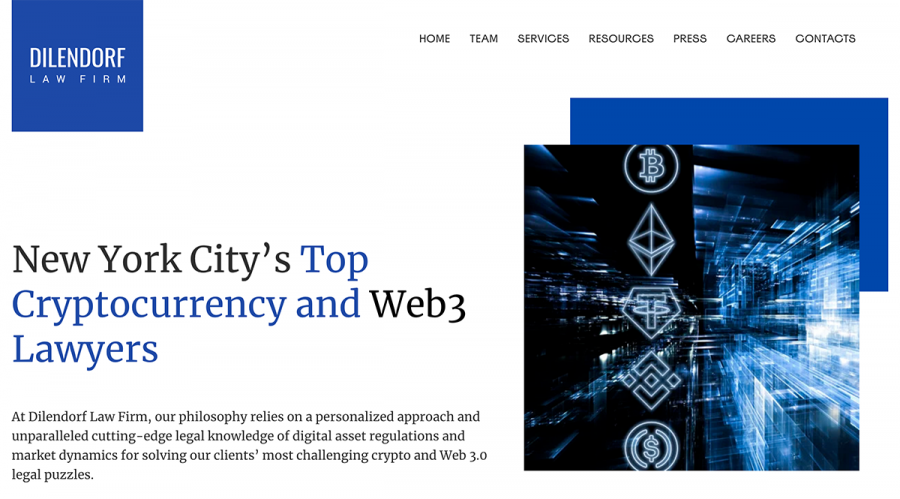Wells Fargo, the nation's largest mortgage lender, is eliminating the interest-only provision of its home equity line of credit (HELOC) products.
That means borrowers will now have to make payments against principle during the "draw" period of the loan, which typically is interest-only in most HELOCs. The change was reported today by the Wall Street Journal.
The move was portrayed as an effort to help ensure that borrowers don't incur more debt than they can reasonably handle. Wells Fargo representative Brad Blackwell said described it as a "more responsible" product and expressed hopes the rest of the mortgage industry would follow suit.
"We wanted to fix a flaw in the product that caused payments to go up sharply," Blackwell said.
Requiring payments against principle also help customers build equity during the draw phase of the loan, Blackwell said.
Principle payments normally deferred
With a HELOC, a borrower is provided a line of credit that he or she may borrow against as needed, secured by the equity in their home. The draw period of the loan, often 10 years, has typically been interest-only. At the end of the draw period, the loan usually converts to a fixed-rate loan in which the borrower begins to repay whatever amount he or she ended up borrowing during the draw.
This usually means a substantial increase in the borrower's monthly payments, which is what the new policy is designed to avoid.
Wells Fargo also was motivated by an effort to prevent lenders from using HELOCs to get around new mortgage rules that took effect last winter, and which establish stiffer penalties for banks that hand out loans without documenting that borrowers will be able to repay them. HELOCs are exempted from those rules, so there was concern by Wells Fargo that some affiliated lenders might start promoting HELOCs in place of regulated loans.





